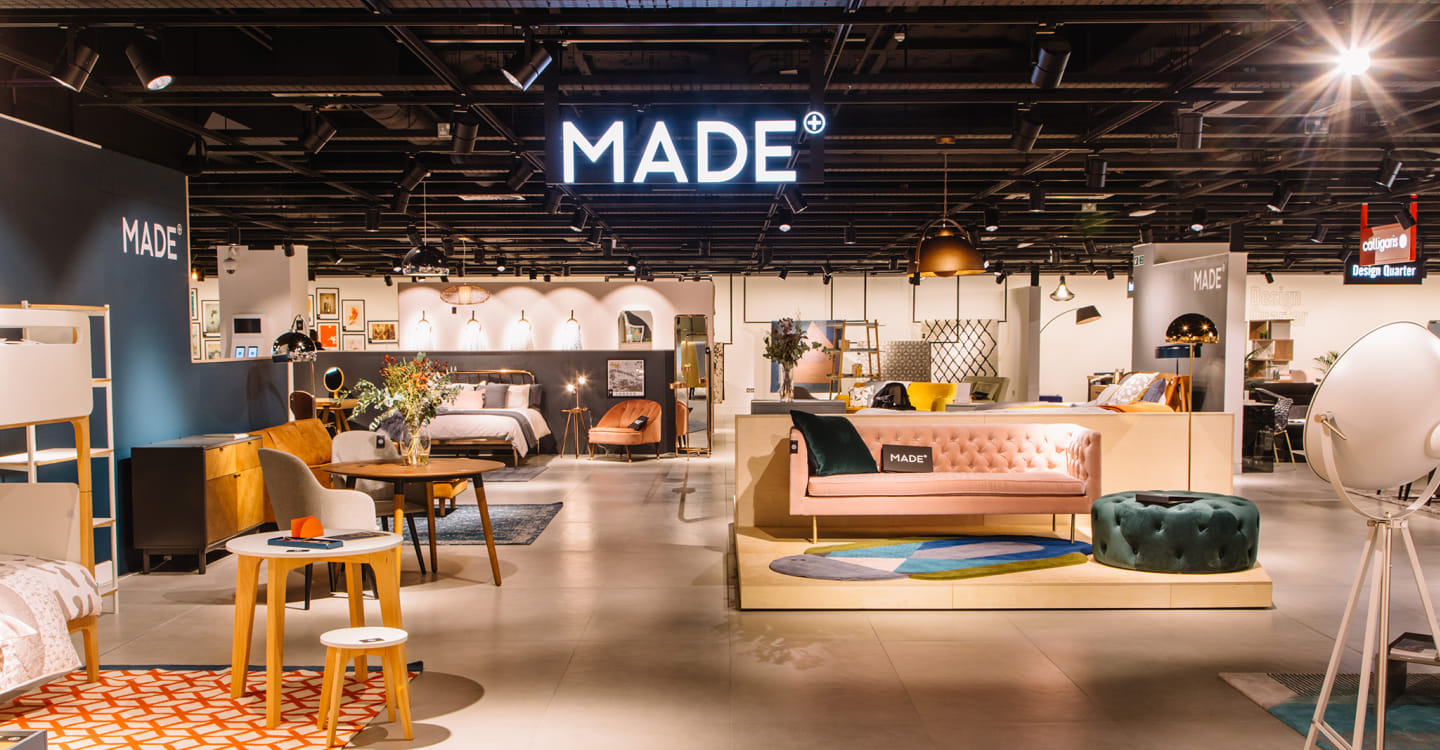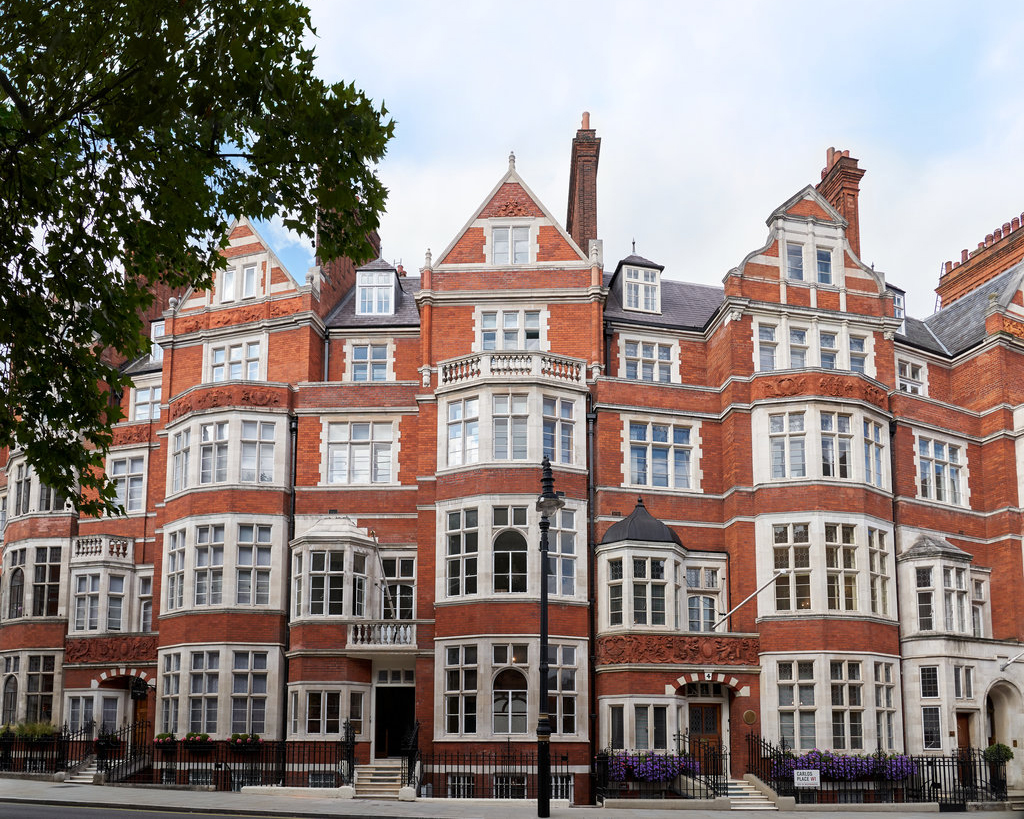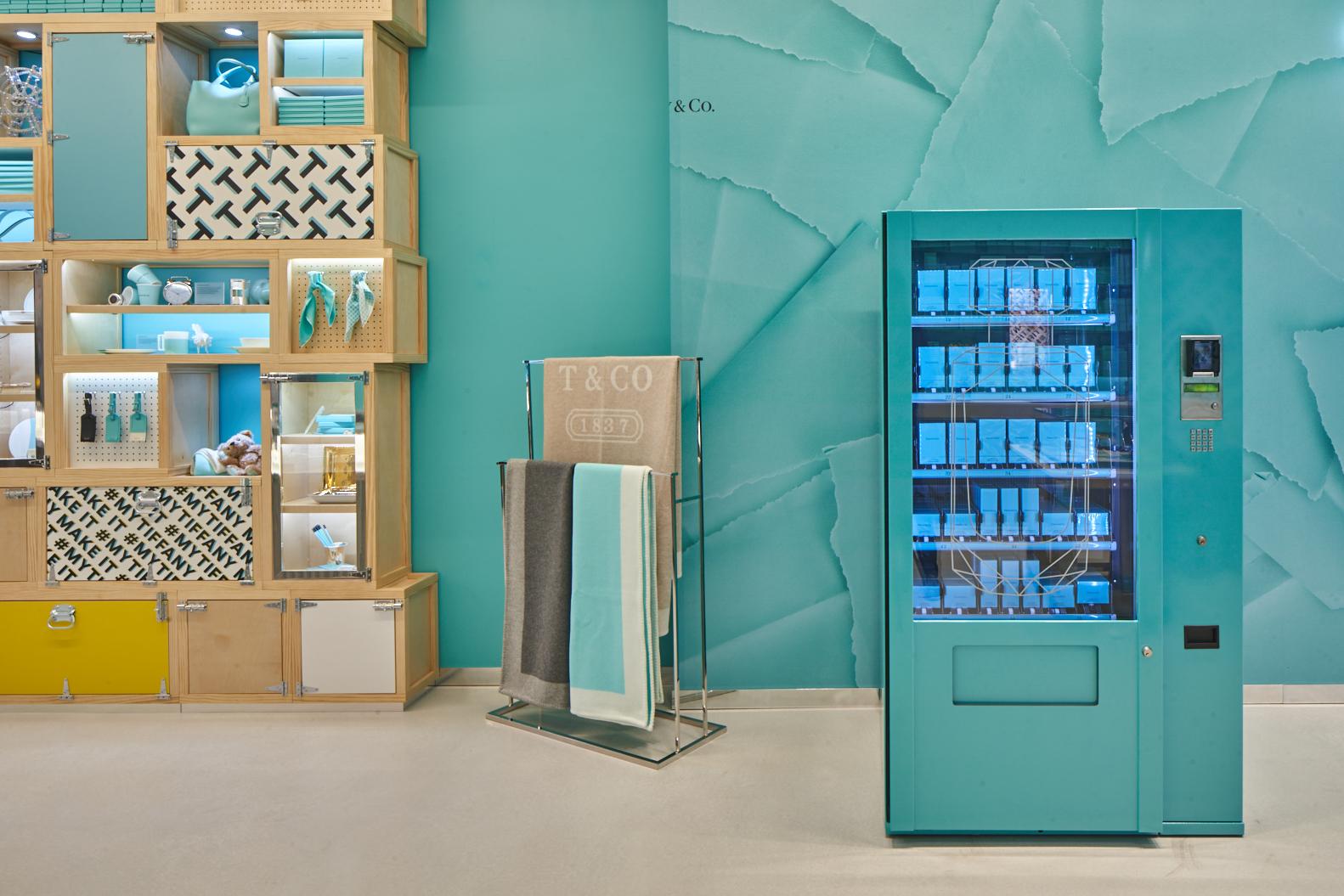
If you’d found yourself on Pull’s blog pages 18-24 months ago, it wouldn’t have been too long before you stumbled across the word ‘omnichannel’. We’d have then proceeded to beat you over the head with it several times. And then sent you a newsletter all about it too. #sorrynotsorry.
Now, while we might have been guilty of banging on about it, the point remains valid. It has never been more important for brands to harmonise the customer experience across every single channel. In fact, this was something that became even more apparent as we started to conduct and analyse our research into the future of beauty, particularly with regards to how Generation Z’s attitudes towards brand will shape the commercial and digital worlds of tomorrow.
Without giving too much away (you’ll need to buy your ticket for that), one of the more surprising revelations to come out of our research was the fact that of all the people we surveyed (around 1,200 people, ranging from 16 to 70 years old), Generation Z (loosely defined as people aged between 4 and 24) were actually the most likely of anyone to research a product online, but head to a physical store to buy it. Who knew, right?
It gets just as interesting once they’re in-store too, with a report by retail experts PSFK revealing that almost half of us will use a store’s mobile app, while we’re actually in that very store!
As the most populous generation on earth as of last year, the spending power Generation Z will wield is huge. As a Social Media Manager, I was keen to understand more about this mix of physical and digital, known as ‘phygital’. How will their habits change the way brands work both on and offline? On top of that, I spent a good few years in fashion retail management. As such, I’m always fascinated to see how that landscape is evolving. In fact, perhaps out of solidarity for my former colleagues in the trenches of frontline retail, I want to investigate how new and emerging digital experiences and the evolving world of ecommerce is changing the face of traditional retail.
Are brands using digital to drive footfall in store or to their website? Do they (or consumers) even care where? Has the apparent shift towards ‘retailtainment’ in larger shopping centres been driven by the rise of digital platforms and ecommerce, or are there other factors at play? And what’s the high street going to look like in the future?
The New Retail Experience
Let’s start with pop-ups. I know, I know. In 2020, the concept of a pop-up is hardly new or revelatory. But, what we will see more and more of today are brands born online and previously digital-only, launching pop-up stores on the back of their online success.
They don’t come with all the costs of maintaining a permanent high street presence, but allow these brands to capitalise on their popularity (and the numerous empty units in Britain’s town centres) in short, highly-tactical bursts, usually timed to captialise on a new product launch or key seasonal events.
In fact, that’s exactly what happened in the build-up to Christmas last year. Teaming up with eight brands, including New-York based The Frankie Shop and British skincare start-up Tandem, Instagram launched an exclusive pop-up experience in London. Spanning everything from jewellery to interiors, the brands all shared one thing in common: each of them were first established on Instagram.
This leads us nicely onto another key trend: the showcase. Direct-to-consumer brands are increasingly opening up one or two physical stores or showrooms in order to give customers the chance to explore their product range up close. One example of this that many of you will be familiar with is MADE.com.

The online furniture specialists target me incessantly with adverts do a fantastic job digitally, but when you’re selling furniture it is only natural that people will want to see the items up close. Get a feel for how they’d look in their own home. So, MADE launched their showrooms. Physical spaces around the country (currently London, the midlands and Yorkshire) where people can visit and see the products up close. Orders are still placed online, via tablets in-store.
As delivery windows get ever smaller, the experience of visiting a showroom and then placing an order for delivery will become more commonplace. As an interesting side note it’s intriguing to see Amazon, so often dragged accusingly into the conversation whenever a retailer shutters their doors, make moves into the physical retail space. The kings of online, they’ll no doubt be looking to reimagine the in-store experience based on their vast knowledge of what customers expect of today’s retailers. But what exactly is it they expect?
“Don’t fill your stores with stock – fill them with experiences”
As Pull’s own MD, Chris Bullick puts it: “While technology has the ability to synthesise almost every experience, the one thing technology will find hard to synthesise is the fun of exploring new things and products with your friends.
It’s timeless. Anybody who has visited a bazaar in Morocco, a spice market in Mumbai, or Hawker centre in Singapore will know what discovery can be like in terms of sensory overload and an experience. Brands should see retail not as a place for fulfilment in terms of stock and sales, but fulfilment in terms of user experiences: the place to discover things about brands, preferably with friends, that is fun and engaging.”
And that experience is key to the future of retail, especially among younger generations. According to a survey by Piper Jaffray, 90% of teens would still prefer to shop for beauty products in store if possible. But it is the experience that will get them through the doors. As Verane de Marffy, SVP of Marketing for YSL Beauty says: “we consider the store almost to be a new media”.
And it is. Think Westfield’s ‘retailtainment’ centres with cinemas, restaurants, ice rinks and an ever-increasing number of pop-up experiences, shopping really does become a much bigger event. Or how about MATCHESFASHION and their townhouse? A five storey building in London, created by a fashion retailer, but with just one floor given over to retail. The rest is all about ‘the experience’. From an events space, to a cinema, to an attic featuring intimate live music performances.

That’s perhaps at the extreme end. But everyone is at it. Take Virgin Holidays, who combine a form of ‘showcase’ that we mentioned earlier with the idea of an experience. In 2018, the holiday firm opened up a series of concept stores across Britain’s high streets. Each of these included a replica of a Virgin cabin, allowing customers to test out the various class of seats, along with a VR experience that took visitors on a rollercoaster tour of Virgin destinations. A shout-out too to one of Pull’s favourite beauty innovators, Sephora, who have previously experimented with smart mirrors and AR technology in-store, a great marriage of brand and technology that was engaging and exciting for customers.
So far, so fun. But where does digital come into these experiences? Well they all have one thing in common. They’re all incredibly “grammable” experiences. As well as engaging consumers with the brand, if you give them and their friends a fun, unique experience, you can just bet they’ll be sharing it across their social media feeds, giving brands priceless reach and engagement.
A great example of this came when Tiffany and Co. opened their store in London’s Covent Garden. This was a retail space designed with Instagram in mind. Their ‘style studio’ was a space where visitors could literally get their hands on the luxury brand’s everyday items – pens, paper cups, straws etc. And who isn’t going to want to share a snap of them with their Tiffany cup? There was even a perfume vending machine in the brand’s ubiquitous duck egg blue.

As well as delivering that delicious digital engagement and reach, these experiential stores have actually been shown to bolster customer spend too, with the potential to increase customer basket sizes by up to 10x as much through in-store experiences.
So, as we begin a new decade what does the future look like for online and offline retail? Well, as we’ve seen through brand showcase centres and pop-ups from previously online-only brands, the lines between the two will continue to be erased. The distinction between online and offline will become less clear as brands evolve, from technological advancements like delivery times and payment methods through to better AR and VR technology, along with evolving user habits,the idea of ‘ecommerce’ will fade as it all just becomes simply ‘commerce’.
Posted 10 February 2020 by Ben Waterhouse
90%
of teens would still prefer to shop for beauty products in store if possible